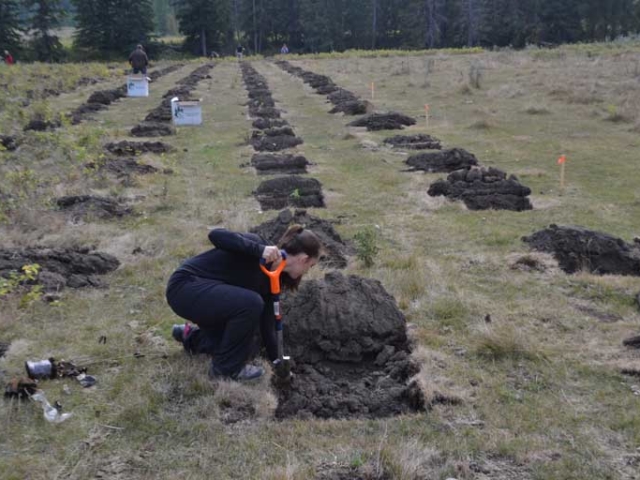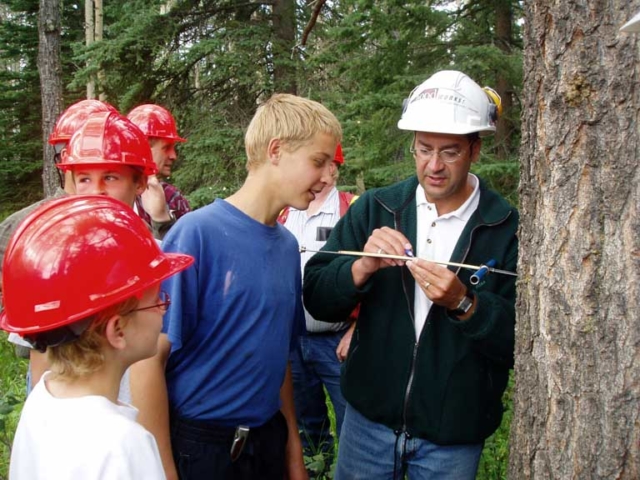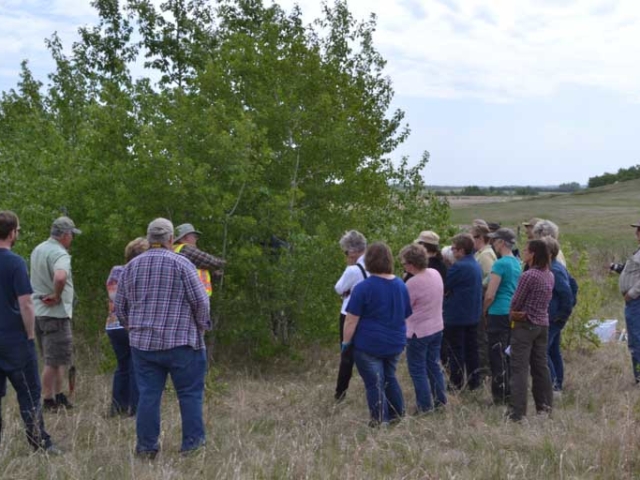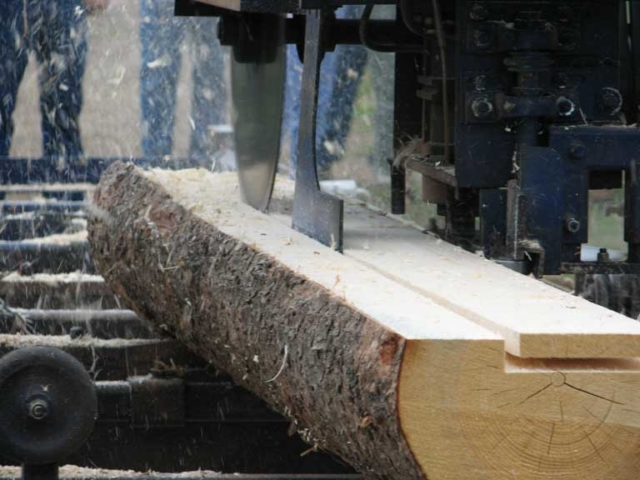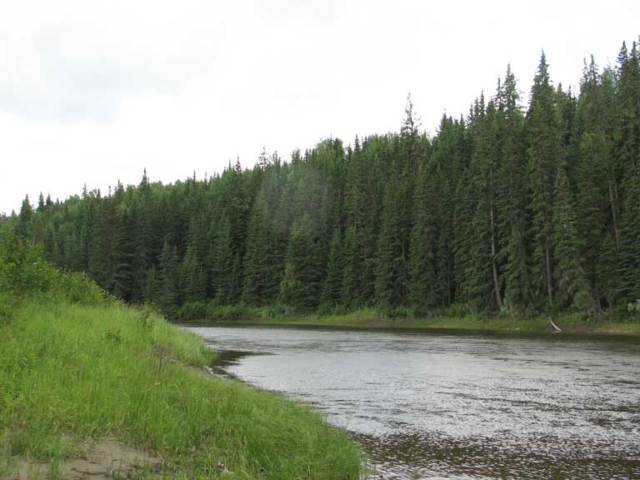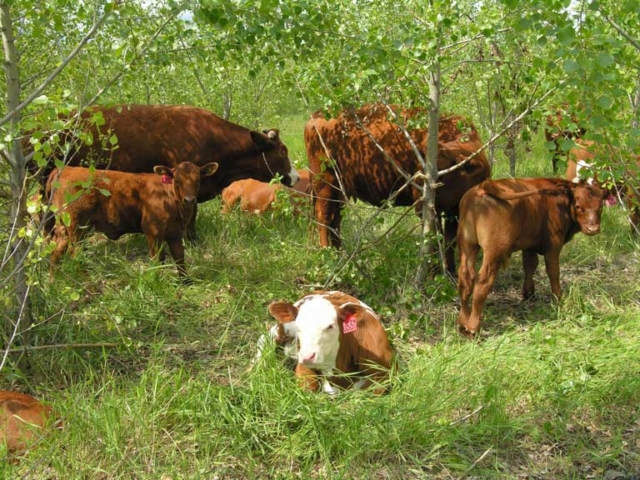Field Days
By: Bob Underschultz
The uplifting fragrance of spruce and pine, the gentle applause of aspen in the wind, the musical chorus of wildlife; these are the joys of treed landscapes. Walking the land and taking in the wonderful sights and sounds of forested areas is a favourite pastime of many proud landowners. It’s a favourite activity of the AWES team as well.
Here at AWES, we routinely head out to visit the trees and shrubs of interested landowners or landowners with planting on the mind. AWES loves to be invited out for a woodlot assessment, a shelterbelt evaluation, or to checkout the potential of a future treed ecobuffer. These site visits allow AWES and the landowner to connect on the land, bringing together shared values and visions.
When AWES visits a site we enjoy traversing the area with the landowner and getting an in-person tour of the land’s highlights, characteristics, and areas of concern. The landowner is able to communicate their goals and objectives with tangible examples and firsthand accounts. Both AWES and the landowner are able to discuss the ecosystem benefits of the treed areas they visit, even experiencing them firsthand. These site visits allow AWES to survey the health of woodlots, shelterbelts, eco-buffers, and riparian buffers and propose best management practices for these areas. AWES is also able to assess the practicality and potential of future plantings, observing the state of the land and its natural inclination.
Often with our site visits, AWES will be joined by local community partners or other organizations with a shared interest in the land. This allows for a meeting of likeminded people with the best interests of the land and the landowner at heart. It’s common for sites to be part of important watersheds or critical wildlife habitat with local organizations working to conserve these sensitive areas. AWES will strive to work with these groups and invite them to be a part of management plans for forested areas or the implementation of planting projects. Collaborating with other organizations and groups also helps bring greater funding opportunities to help mitigate the cost of environmental projects. These collaborations and meetings are the start of a conservation-focused community built around the enhancement of the ecological health of a landowner’s land.
Site visits and assessments begin the process of project implementation which can bring community involvement on both public and private lands. Community involvement can take place during prep and planting or through ongoing management and monitoring. The involvement of volunteers, school and youth groups, and local societies, can help raise a project’s social value by creating a shared sense of pride in a community’s environment. Generous funding by the Alberta Real Estate Foundation (AREF) allows AWES to perform site visits and assessments, laying in place the starting blocks to build a foundation of increased ecological and social value across the Alberta landscape.



